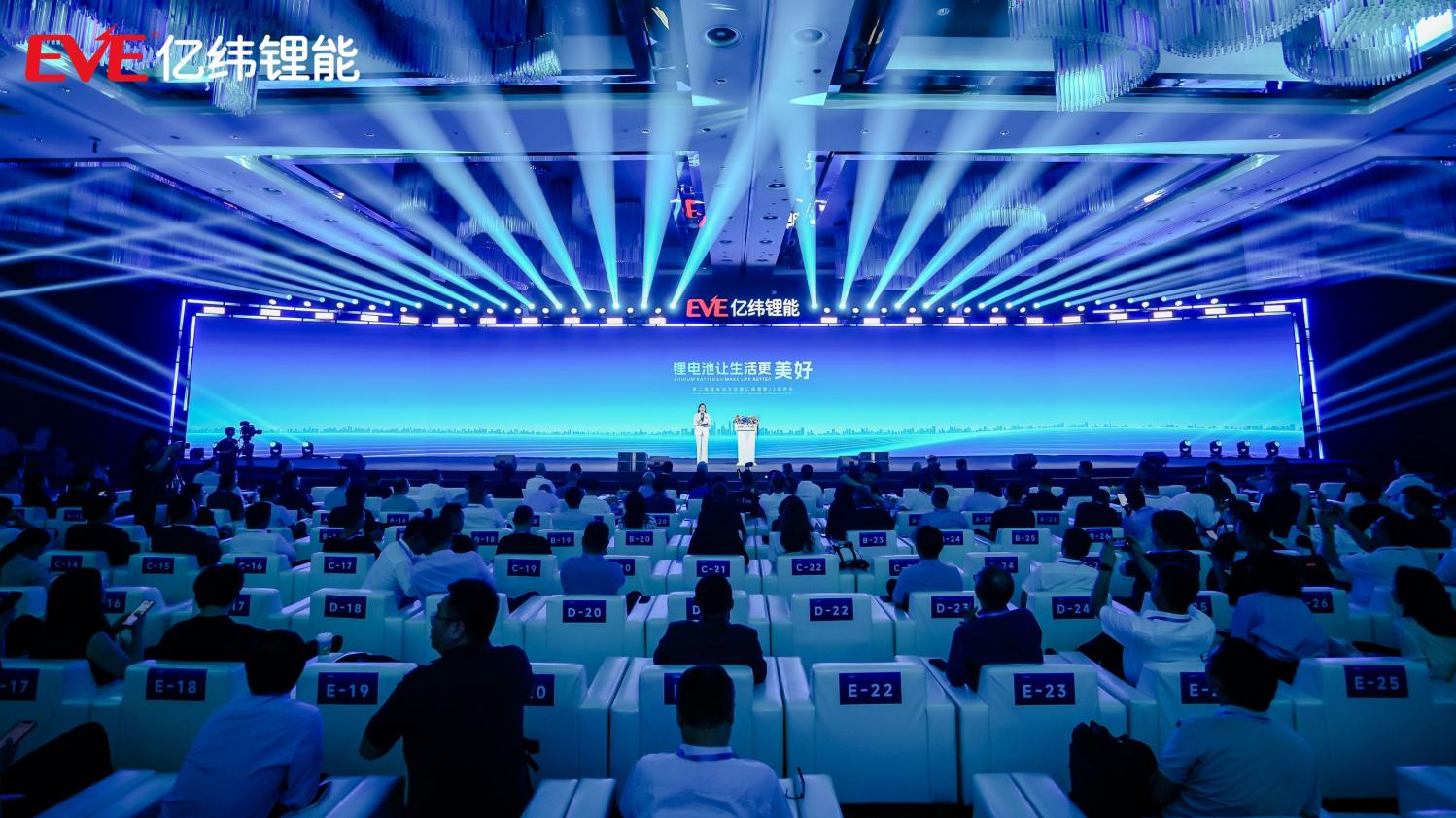
On June 23rd, EVE Energy announced that it held its 2nd Lithium Battery Conference and 24th Anniversary Celebration on June 18th. During the event, EVE Energy revealed its all-solid-state pouch cell technology, capable of operating within a wide temperature range of -20℃ to 60℃ and maintaining stable performance under 20MPa of external pressure.
Key performance highlights include:
Cycling Performance: Over 2,000 cycles at 45℃ and 1C rate.
Storage Performance: After 28 days of full-charge storage at 60℃, capacity recovery exceeds 93%, matching the high-temperature storage performance of liquid batteries.
Power Performance: Capable of 8C discharge.
Safety: Passes crush tests and 200℃ hot box tests.
EVE Energy stated it aims to achieve breakthroughs in production processes by 2026, launching its first-generation All-Solid-State Battery 1.0 with an energy density of 350 Wh/kg and 800 Wh/L. By 2028, it plans to launch the second-generation High-Specific-Energy All-Solid-State Battery 2.0 with an energy density exceeding 1,000 Wh/L.
To achieve ultra-high energy density, EVE Energy has opted for a combination of an NCM (Nickel Cobalt Manganese) cathode, a silicon-carbon anode, and a sulfide-based solid electrolyte – a common solution for high-specific-energy solid-state batteries.
Cathode Material: Utilizes a dual-layer coating technology. The inner layer enhances ion diffusion rate and stabilizes lattice oxygen, while the outer layer uses a halide electrolyte coating primarily to prevent direct contact between the sulfide electrolyte and the cathode material, which can cause oxidation and detrimental side reactions. This dual coating improves safety and cycling stability.
Anode Material: Employs low-expansion silicon-carbon material prepared by depositing silicon within a three-dimensional carbon matrix, providing space for silicon expansion. Carbon coating on the particle surface suppresses side reactions with the sulfide solid electrolyte.
Electrolyte Structure: Addresses redox issues at the electrodes using a dual-electrolyte layer approach: an oxidation-resistant electrolyte layer on the cathode side and a reduction-resistant electrolyte layer on the anode side.
Interface Impedance Reduction: Optimizes the interface roughness between electrodes and the electrolyte layer through particle size distribution, achieving a mechanical interlocking effect. This ensures consistent, good interfacial contact during battery operation, enabling high-rate performance.
Through these material modifications and structural designs, EVE Energy's all-solid-state battery operates within -20℃ to 60℃, requiring an applied external pressure of 20 MPa.
Beyond solid-state batteries, EVE Energy also highlighted its LMX technology, 46-series large cylindrical cells, and battery recycling initiatives at the event:
LMX Technology: Developed to address core challenges in electric heavy-duty trucks: insufficient range and poor low-temperature performance. LMX products use an LFP (Lithium Iron Phosphate) system, achieving an energy density of 205 Wh/kg and enabling ranges exceeding 500 km for electric heavy-duty trucks.
46-Series Large Cylindrical Cells: Announced successful resolution of mass production challenges, becoming the first domestic Chinese company to achieve mass production of large cylindrical cells. EVE Energy's large cylindrical cells feature standardization, zero expansion, and high strength. As of May 2025, over 60,000 units have been installed in vehicles. The 4695 series will be equipped in the new BMW NEUE KLASSE iX3 model launching later this year.
Battery Recycling Network: Collaborated with partners including Huayou Cobalt, GEM Co., Ltd., Conch Venture - Anhui Conch Recycling, BASF, SF Holding - Kerry Logistics Chemical, Kingboard Recycling, Camel Group, and Shenzhen Jiecheng to jointly launch a Global Lithium Battery Recycling Network Platform.